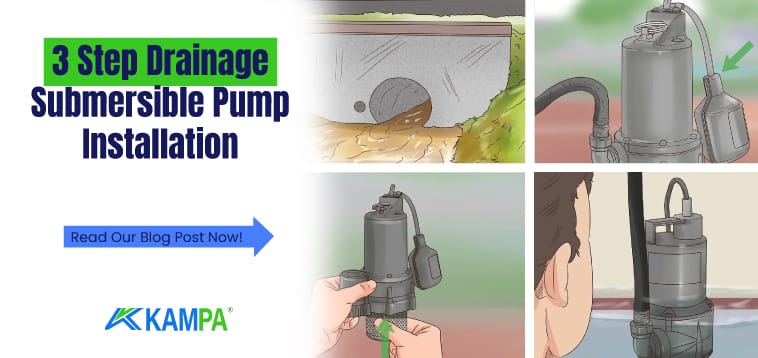3 Step Drainage Submersible Pump Installation
How to install a submersible drainage pump? With its simple yet effective design, submersible pumps can be used for a variety of tasks, from pumping water from a pool to draining a basement.
Table of Contents
Before you start pumping, you need to find a drainage point and connect the electricity. Connect the hose to the pump, then plug it into a power source.
Although it may seem like a difficult installation, with the tricks we will share below, you can extend the life of your pumps and avoid repair costs.
How to Install and Assemble Drainage Submersible Pump?
Select a Drainage Point;

–If you are pumping a lot of water, find a large drainage system. Large areas, such as pools or deep flooded basements, need to be pumped into larger drainage systems to prevent flooding.
Choose a system with a high drainage capacity, such as a local sewer.
Sewers are often the best options for drainage systems.

–For moderate water, choose a gutter or storm sewer. When pumping unwanted water, you can usually use a gutter or storm sewer.
When pumping, be sure to position one end of the hose where the water is to be discharged and the other end where it flows to the drainage point.
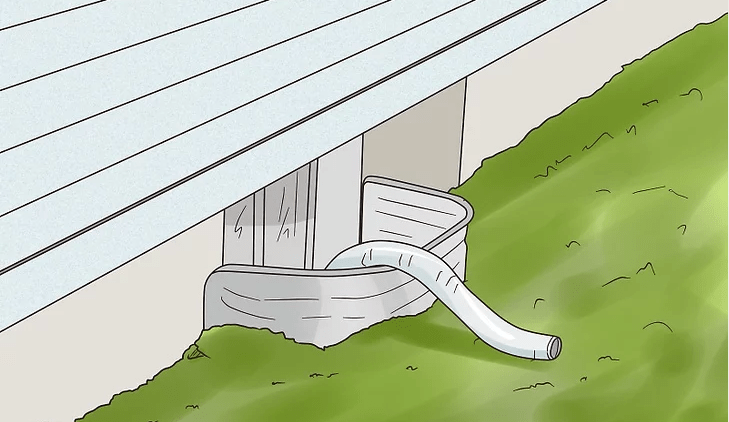
–Pour small amounts of water into gutters or on the ground nearby. If the water is chemically treated, you should use the gutter option.
If it is clean water, such as water collected on a flat roof, you can use gutters or decking. Choose a gutter or grassy slope that can absorb water easily and safely.
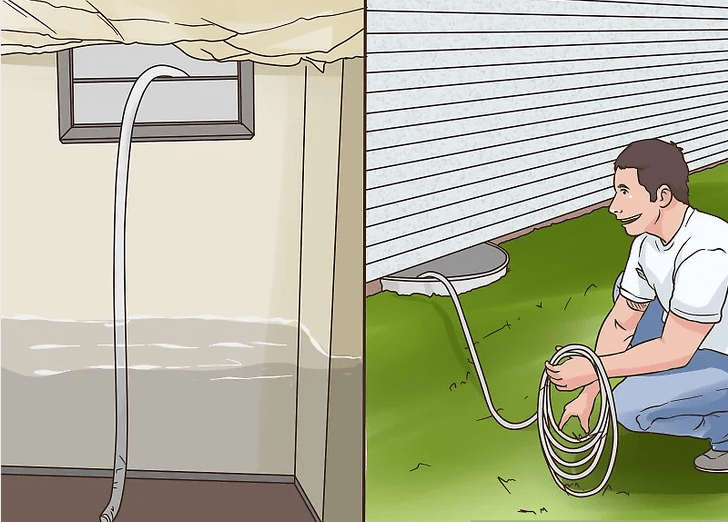
-Place the hose nozzle in the drainage area and unfold the hose. Make sure your hose is long enough to reach the drainage point and position it well before you start pumping.
Place the hose directly facing the drainage area. Pull the rest of the hose back to the area requiring drainage, then connect the drainage to the submersible pump.
Drainage Submersible Pump Installation
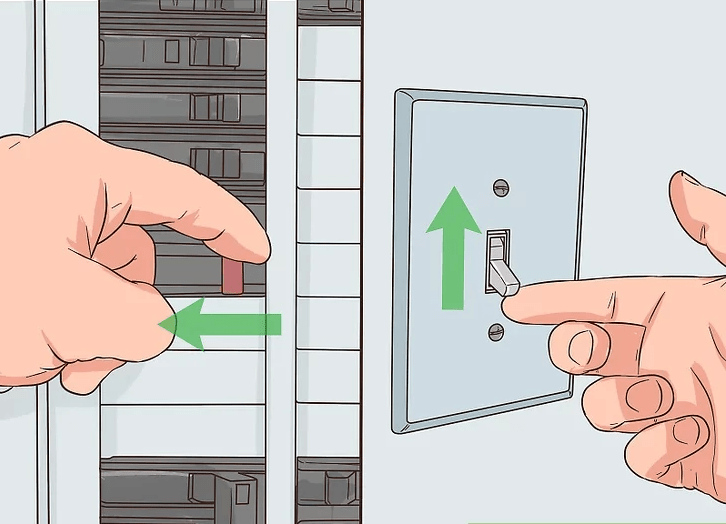
-To prevent the pump and systems from running dry, always turn off the power. This includes all drainage submersible pumps, filtration systems, lights or electrical sources for a pool, hot tub, well or flooded basement.

–Connect your hose to the pump before you start draining. For drainage submersible pump installation, attach a garden hose or a drainage hose to the hose connection on the top of the pump. Make sure the connection is tight and secure before using the pump.
You can use a standard garden hose when draining clean water. However, for dirty or chemically treated water you need to use a separate hose.

–Make sure the float switch is connected for drainagesubmersible pump installation. Designs may differ between manufacturers – some float switches look like 2 small black cylinders, while others have bright colors and small, flat, round shapes.
The floats are usually connected with a black cable and a waterproof connection. If the float is already connected to your pump, the product is ready to start pumping!

–Plug the pump into a nearby power source. The drainage submersible pump will have a waterproof power cable for its installation. So all you have to do is plug it in! Find a nearby power source, such as an outdoor outlet, or if you need extra length, use an extension cord.
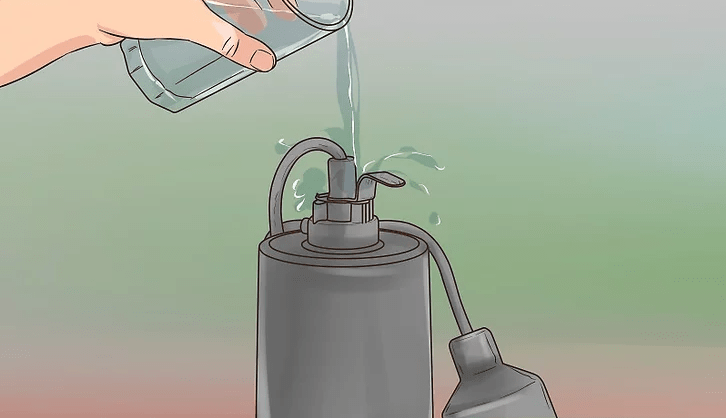
–Prepare the pump by pouring a glass of water into it. This makes it easier to start on the internal system for drainage submersible pump installation.
This initial preparation can shorten the time the pump has to start when we immerse it in water, which usually takes a few minutes.
By pouring a glass of water, we are not preventing it from running dry and wasting time.
Drainage Water
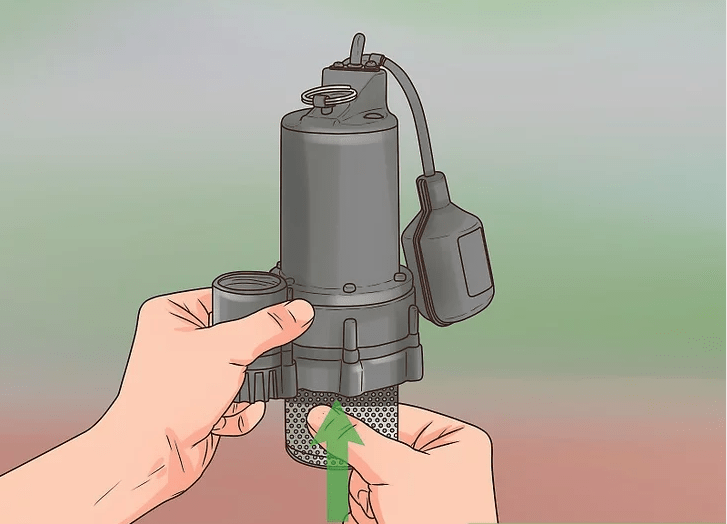
–If there is too much sediment in the water, install a filter screen. Connect the filter directly to the drainage submersible pump installation before immersing it in the water to prevent it from being sucked into any small parts. If there is too much sediment at the bottom of the water supply, clean the filter after draining as much water as possible.
The filter should be connected to the inlet area on the pump. Follow the manufacturer’s instructions for connecting the part to the main pump.
Using a filter will also save you money and time!
If the water is particularly muddy, you may want to get a drainage submersible pump made for pumping dirty water.

–Place the pump in the deepest part of the water and wait for it to start. The most important criterion of the drainage submersible pump installation phase is to stay in the deepest area to prevent it from running without water.
The float switch will automatically turn the pump on if it detects deep enough water, but will also automatically turn the pump off if it detects a low water level.
Drainage submersible pump installation is an important point keeping it in the deepest area will help keep the pump open and drain most of the water.
If you are draining your basement, drop the pump at the lowest point or in the most open water area. Avoid submerging in an area with a lot of obstructions or debris.
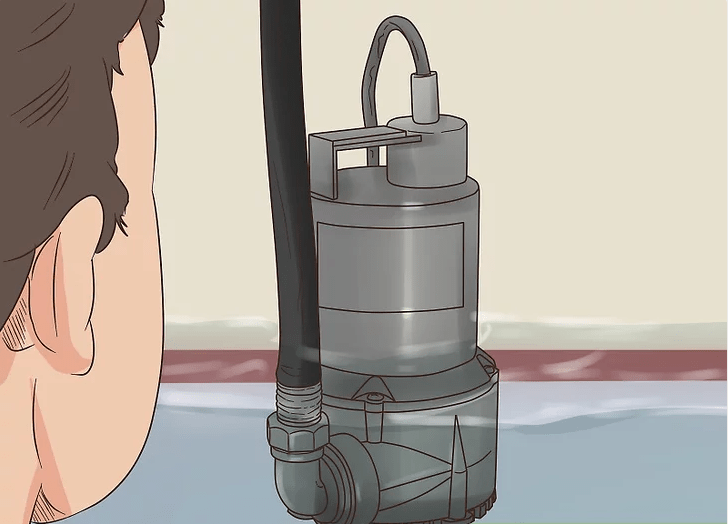
–Keep an eye on the pump as the water level changes. After installing a submersible drainage pump, keep a close eye on its progress while it is running. Check whether the float triggers the pump to stop and clear any blockages or debris to keep the pump running smoothly.

–Move the pump to the deepest part of the water while continuing to discharge. If the float continues to sense low water levels and shuts off the pump before it can discharge, it may damage the pump.
After installation of the submersible drainage pump, continue to hold it firmly in the deepest places and away from large debris that could block the pump’s entry.

–Shut down the pump immediately when the water level is too low for draining. Do not allow the submersible drainage pump to run without water after it has been installed! This may damage the pump. Unscrew the pump and disconnect it from the power supply, then remove the hose.
The process is complete.
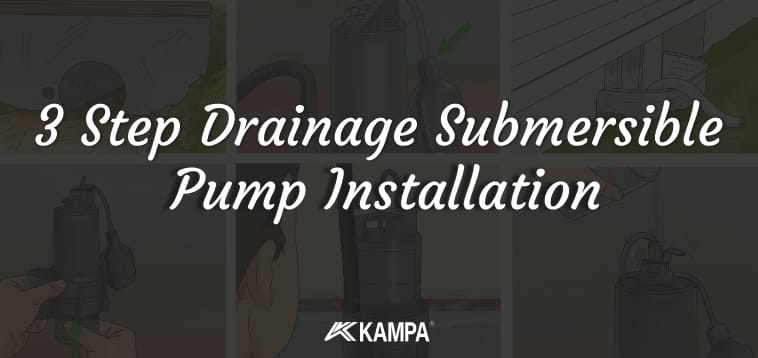
Of course, this is generally valid for clean water and rainwater discharge, but it is partially similar for cafeteria wastes, sewage drains, chemical wastes. But all require expertise and experience.
What is a Submersible Pump? and our articles about drainage submersible pumps can be found here.
You can contact the manufacturer regarding the installation and assembly of a Submersible Pump or Drainage Submersible Pumpyou have purchased / will purchase, or you can get information by contacting our technicians at Online Support.
Do you have any other questions about Installation and Assembly of Drainage Submersible Pumps?
Is there anything left unmentioned?
You can specify by commenting…

